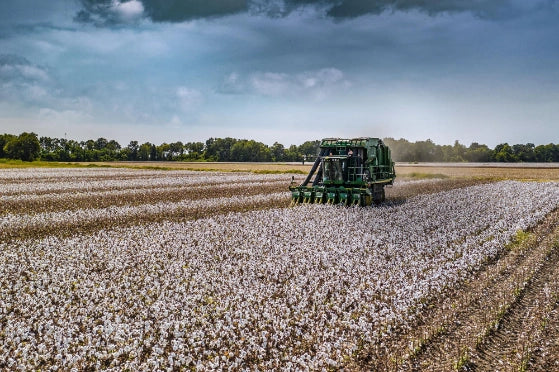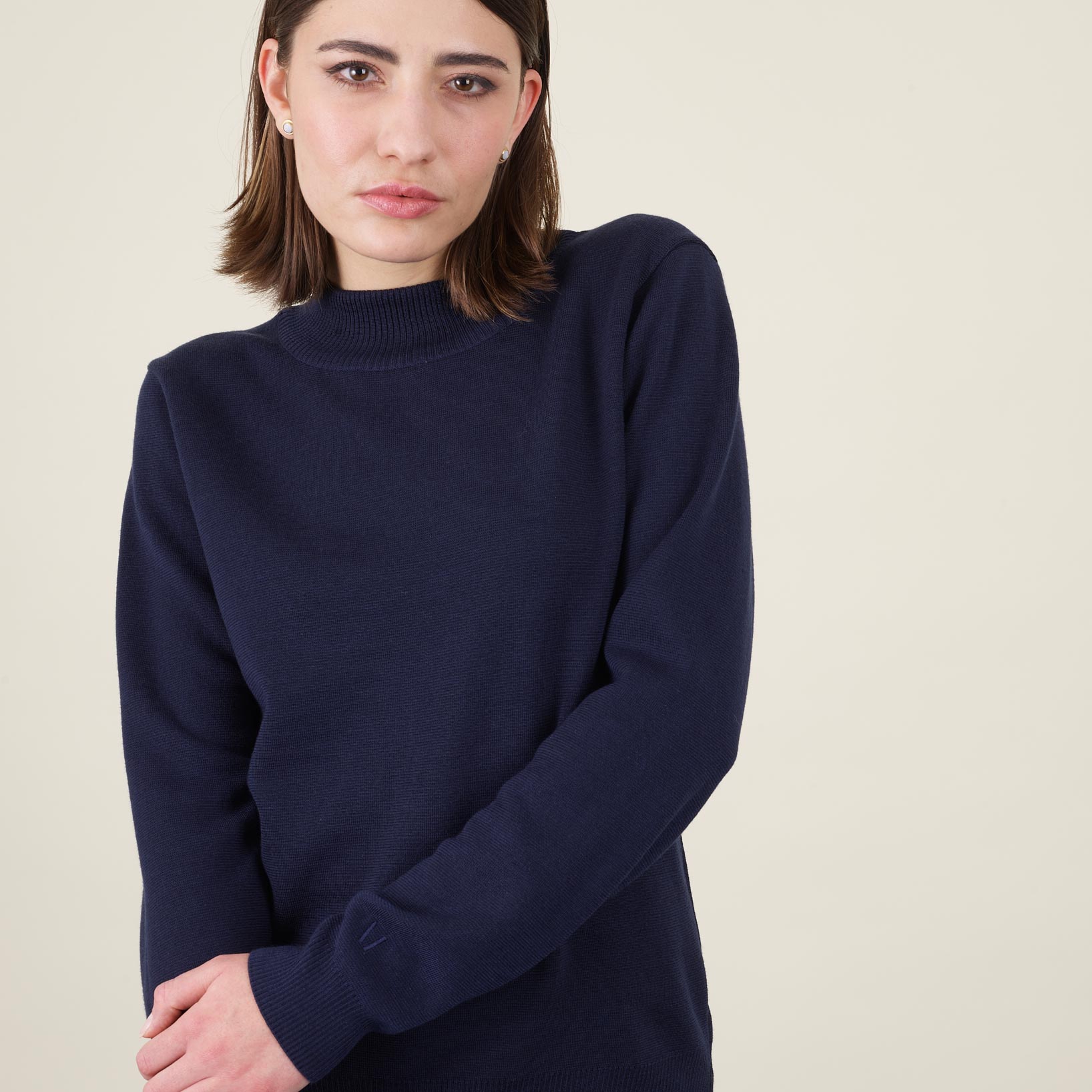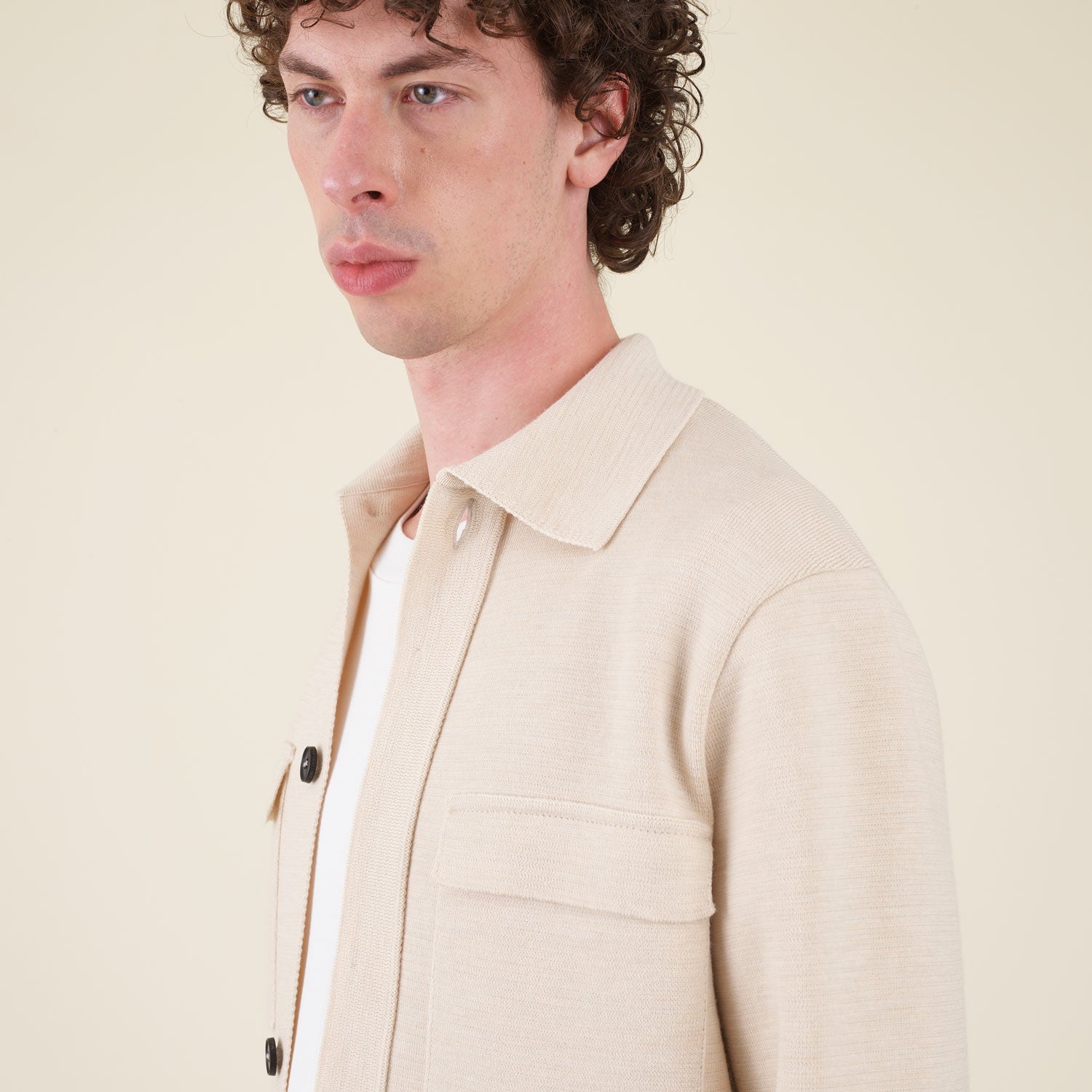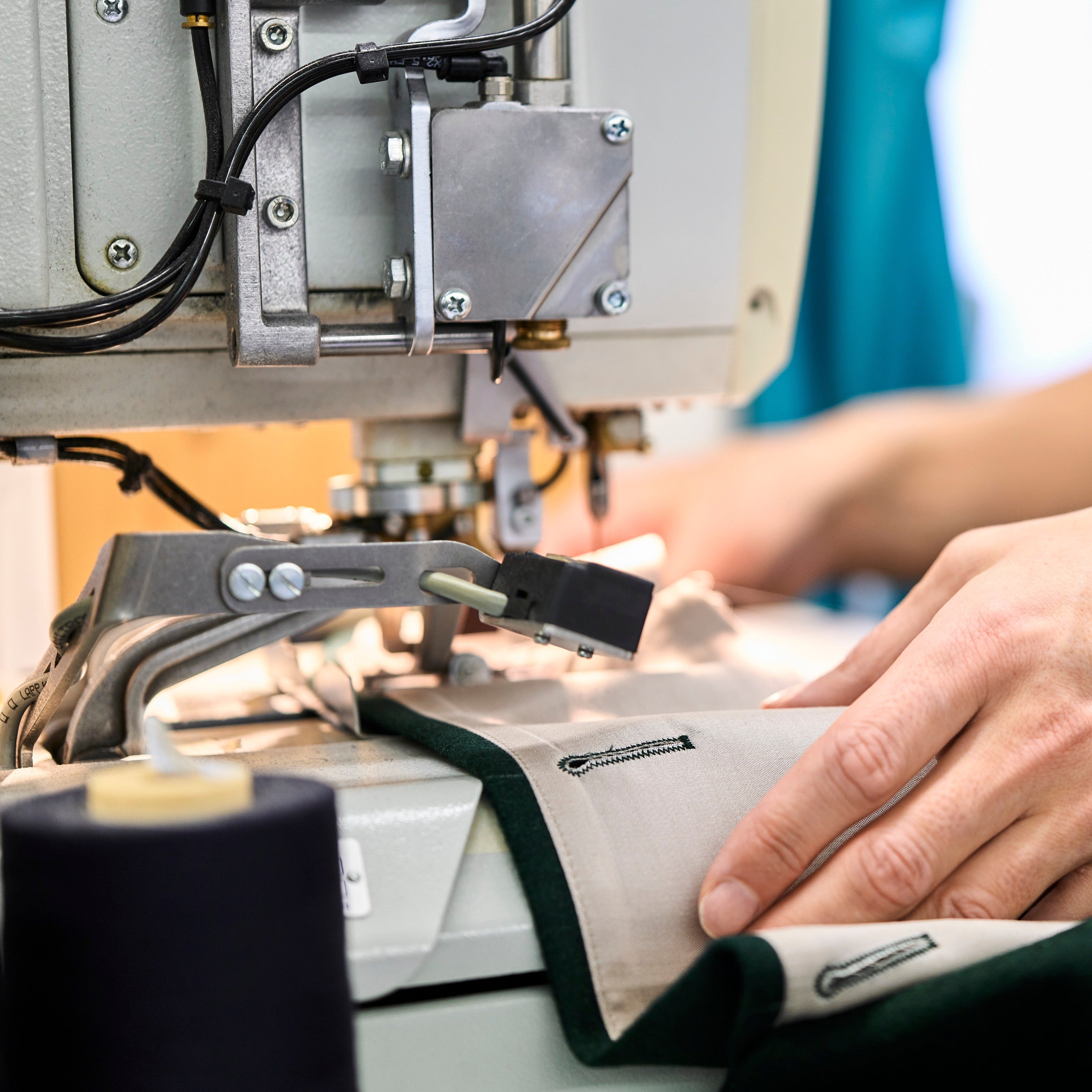
Say Goodbye to False Claims: Why Traceability Matters
The textile industry is facing a serious challenge when it comes to the traceability of fibers and the false claims of sustainable materials, as a recent article on BBC nicely emphasized again. It brought my attention to insights I had followed over a longer period – and why for us at Muntagnard, traceability has been the basis for product development since the start: to ensure we know as much of our product as possible. Further below, I listed some of the most interesting findings – and I hope you find these as insightful as I had.
The Organic Cotton Scandal: Who to trust?
Organic cotton is one of the most popular sustainable fibers, but it is apparently often wrongly labelled. Reason for it are fragmented supply chains, with cultivation in one country, followed by ginning, spinning, weaving/knitting, dyeing and confection in different companies, very often even in different countries. And fraudulent practices since organic cotton achieves a higher price than generic cotton.
Issues with organic cotton were reported already in 2020 by GOTS, arguably the most renowned organic cotton certifier in the world, with regards to Indian cultivation. Furthermore, in 2022, two of the largest certifiers in India, Control Union and Lacon Quality Certification, have pulled their certifications from what they now call a “high risk” crop – they could just not ensure organic cotton is what it says. As a recent NY Times article highlighted yet again, market experts estimate that 50-80% of organic cotton products in the country are falsely labelled. Given India accounts for approximately 38% of the world’s total organic cotton production, this would mean that at least 20%-30% of worldwide organic cotton production is in fact not organic! However, the full picture might be even worse.
Another interesting approach to estimate the full depth of the issue is comparing the yield of organic cotton with “normal” cotton. In organic production systems, usually lower yields can be expected, given otherwise yield-benefitting practices, such as pesticides, insecticides, genetically modified seeds etc. cannot be used. However, for eight countries that produce approx. 90% of the world’s total cotton, the yields for organic cotton were equal or (significantly) higher than overall yields in the country. This insightful result suggests quite an anomaly, if not to follow the authors blunt conclusion: fraud.
But the issue is not only apparent in organic cotton: The Cotton Egypt Association estimated that for 2016, 90% of global supplies of Egyptian cotton in 2016 were fake. Additionally, 85% of Chinese cotton stems from the Xinjiang Uyghur Autonomous Region, where widespread human rights abuses have been reported repeatedly.
These examples highlight the importance of traceability in verifying the sound labor practices, authenticity of the quality claims and/or the organic cotton claims. And are the reason, why it lasted over 2.5 years until we launched our first cotton product.
Recycled PET: A Closer Look at Fabric Fraud
Recycled PET is another fiber that is often claimed to be sustainable. I would not agree with that assessment due to various reasons: lower fiber strength, unclear CO2-emissions emitted, taking PET bottles from the PET bottle cycle, to name a few reasons (more on that I will summarize in a later article). Additionally, the traceability of these fibers is often lacking. As for a long time, there was no test available to distinguish recycled PET fibers from virgin polyester (to which PET belongs). This changed in early 2022 with tests developed by the renowned test institutions Intertek, TÜV Süd, or Waste2Wear. A study by Waste2Wear found that 60% of recycled PET fibers are not actually recycled. Yet another example why lack of traceability is an issue and knowingly or unknowingly, fraud is being committed.
The Dark Side of Bamboo Fibers
Rayon and viscose made from bamboo are often marketed as sustainable fibers, but they can have negative environmental impacts due to the chemicals used in their production. Additionally, there are no clear standards or guidelines for verifying the sustainability of these fibers, making it difficult to know if claims are genuine, and where the wood sources stem from.
Why Traceability is Key to Sustainable Fashion
Traceability is hence most important when it comes to sustainability claims. Only with a traceable supply chain, a brand can even start to ensure that the materials used in a product are authentic and sustainable, or produced socially-responsibly, and that claims about their origins are genuine.
Being Part of the Solution: MUNTAGNARD’s Efforts Towards Traceable Products
At MUNTAGNARD, we believe in the importance of traceability and have implemented traceable solutions for our cotton, merino wool, and wood-based fibers.
In that regard, for example, our cotton is sourced from small family-owned farms in Greece, while the full supply chain is traceable from farm to the end product. Not only is it fully traceable, it’s even fully European from farm to final product, cutting transport by around 80%. With an optimized drip irrigation system, up to 40% of water can be saved in the cultivation of this thirsty crop. Soil health is ensured by crop rotation. All of these sustainability factors do not compromise quality: The GMO-free seeds are being used to produce high-quality, long-staple cotton fibers. A promise for sustainable quality.
Similarly, our merino wool is traced back to the farms in Uruguay, ensuring that the wool is responsibly sourced. Through traceability, we can ensure a livable income to the farmers, as well as the animal welfare (incl. mulesing-free, of course!). Last but not least, we can guarantee that the fibers used are of hiqh-quality, extra-fine merino wool (19.5 microns). A perfect match of high-quality and responsible production.
Finally, our wood-based fibers stem from sustainably managed forestry, certified FSC® and/ or PEFC™, which then are produced in award-winning sustainable processes in Austria to a textile fiber and in Portugal to its final product. We test our fabrics to ensure the fibers used are from our supplier - we can claim the origin credibly.
Our efforts towards traceable solutions take us longer and may be more costly. However, these traceable solutions allow us to make accurate, credible claims and provide you, our customers, with the peace of mind that your purchases are responsibly produced at a high sustainability standard. Hence, it is fully aligned with our brand’s DNA, and it is the basis for us to constantly develop our quality and sustainability standards even further. It’s just the start!
You have any questions left on our raw materials or products or helpful insights on how we can develop even further? Don’t hesitate to drop us a note.
Note: The recent BBC article together with the NY Times article list many great sources for further reading and insights. Highly recommended next to the other sources mentioned above.











